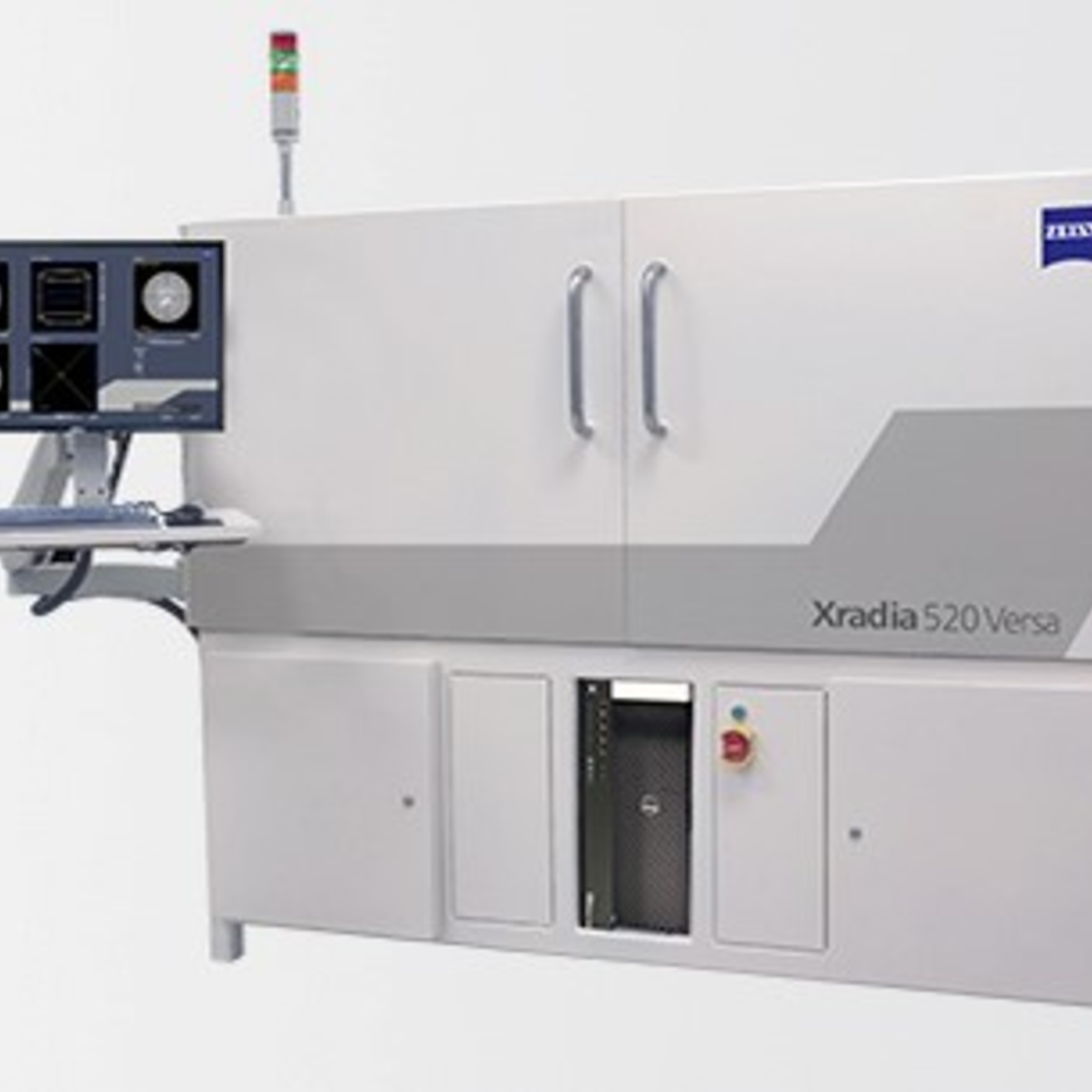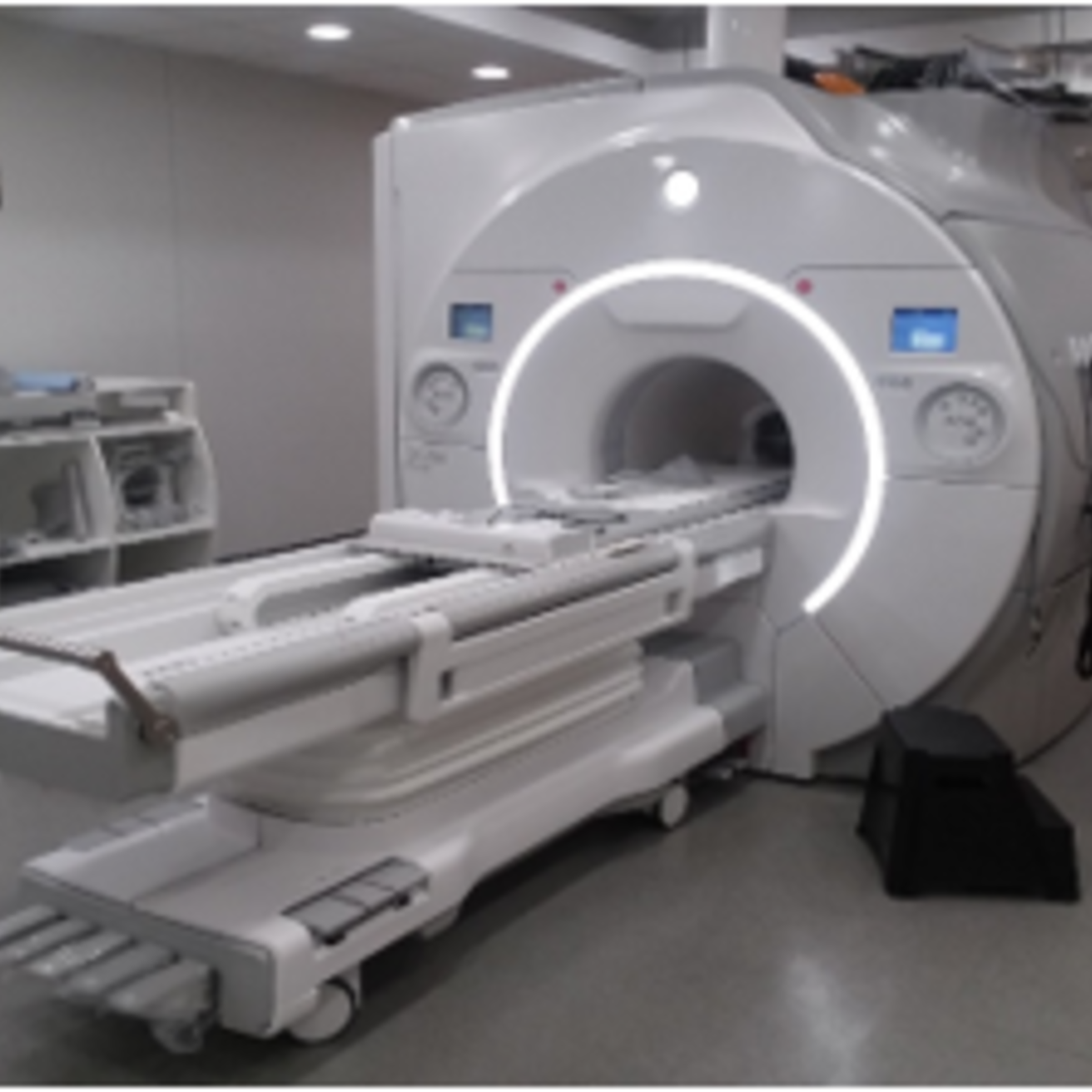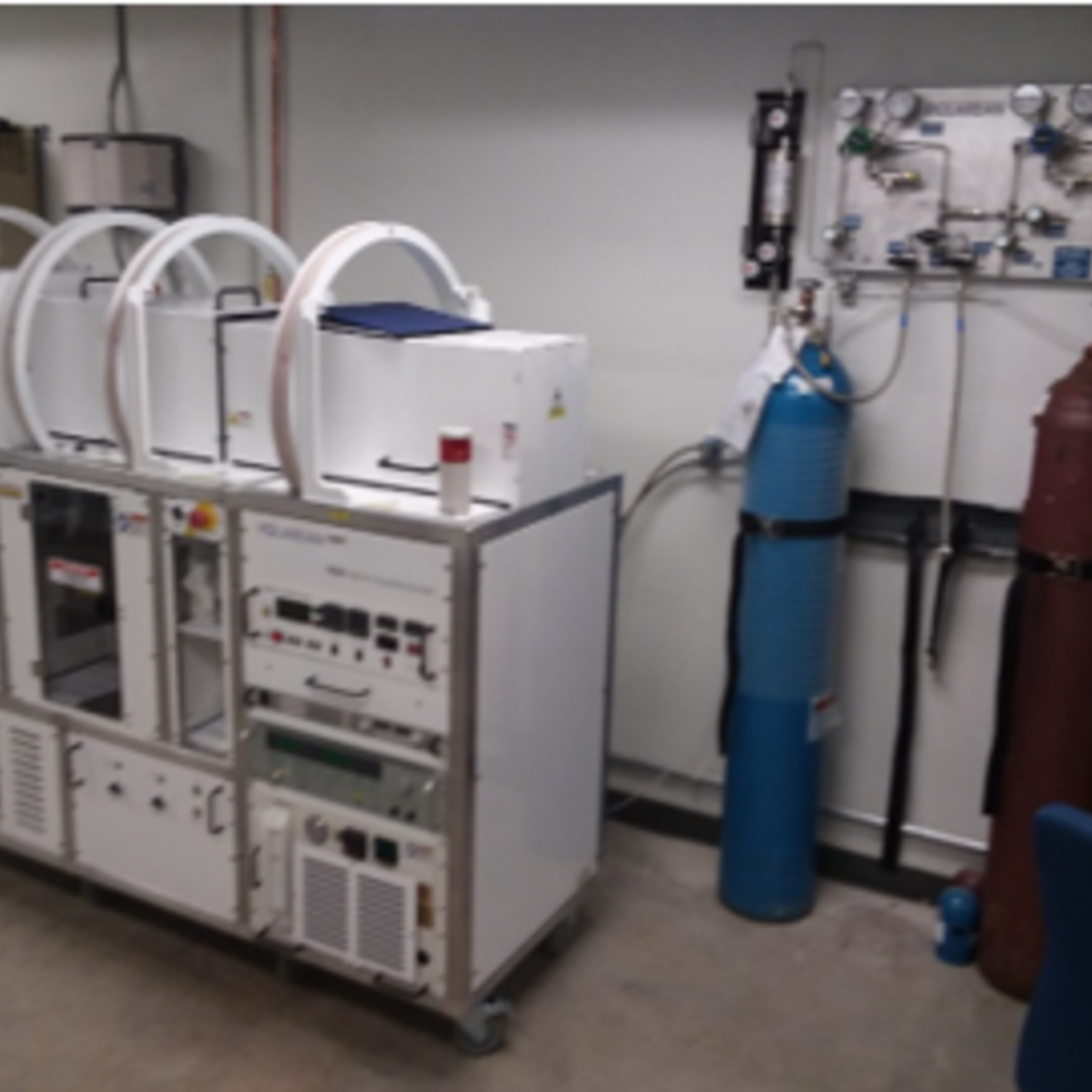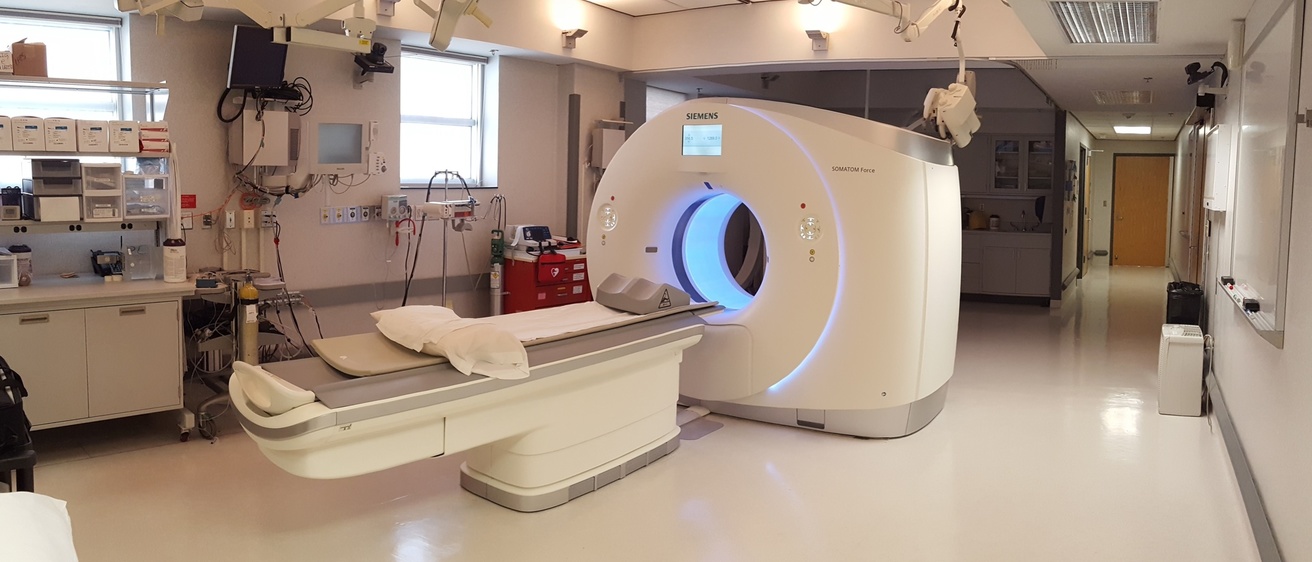


Dual Source Multiple Detector Computed Tomography Scanner
With our relationship with Siemens, we originally installed a 16 slice MDCT scanner which was upgraded to a Sensation 64 and later to the 128 slice Definition Flash. The Definition Flash was a dual source, dual energy CT scanner with Stellar detectors and Safire iterative reconstruction option. On July 2015, the lab was upgraded to a SIEMENS SOMATOM Force Dual Source CT. This new scanner allows for a reduced dose of up to 50% compared to other modern CT systems. This is in conjunction with a considerable increase in sensitivity and specificity associated with Dual Source DE scanning. It is a 384 (2 X 192) slice scanner with speeds of 0.25 seconds per rotation. Additionally, the Force has unprecedented power reserves in the form of two 120 kW generators that enable scanning of patients at low kV from 70 to 90 kV.
MicroCT Scanner
The Imtek (now Siemens) CAT II micro CT scanner (purchased under an NIH SIG) has the capability of imaging a mouse in vivo with approximately 20µ resolution in approximately 20 minutes. Jessica Sieren, PhD, has recently been awarded funding to add a ZEISS Xradia 520 Versa submicron 3D X-ray CT scanner that has been installed.
3T Premier MRI Scanner
As of Feb 2020, APPIL has access to the new GE 750W Premier system housed in the Iowa Institution for Biomedical Imaging. This is a state of the art 3T MRI scanner which has been customized by the vendor to allow imaging on the Xenon channel. High gradient amplitude of 8 G/cm in each plane allows for rapid and effective diffusion weighted imaging. This system is fully compatible with hyperpolarized noble gas MRI performed for pulmonary ventilation imaging, as well as imaging on the MRI proton channel for structural imaging and oxygen-enhanced lung imaging.
Polarean 9820 Xenon Polarization System
APPIL was the recent beneficiary of a shared instrumentation award to obtain a Polarean 9820 Senon polarizer. This is a dedicated system for the purpose of polarization of Xenon gas to be used for the assessment of regional lung structure and function via MRI. Throughput is approximately 3L of gas per hour at 40% polarization. In conjunction with the Premier 3T MRI scanner, this system allows lung ventilation imaging, static and dynamic, with Xenon, as well as diffusion weighted imaging and gas transfer mapping.
